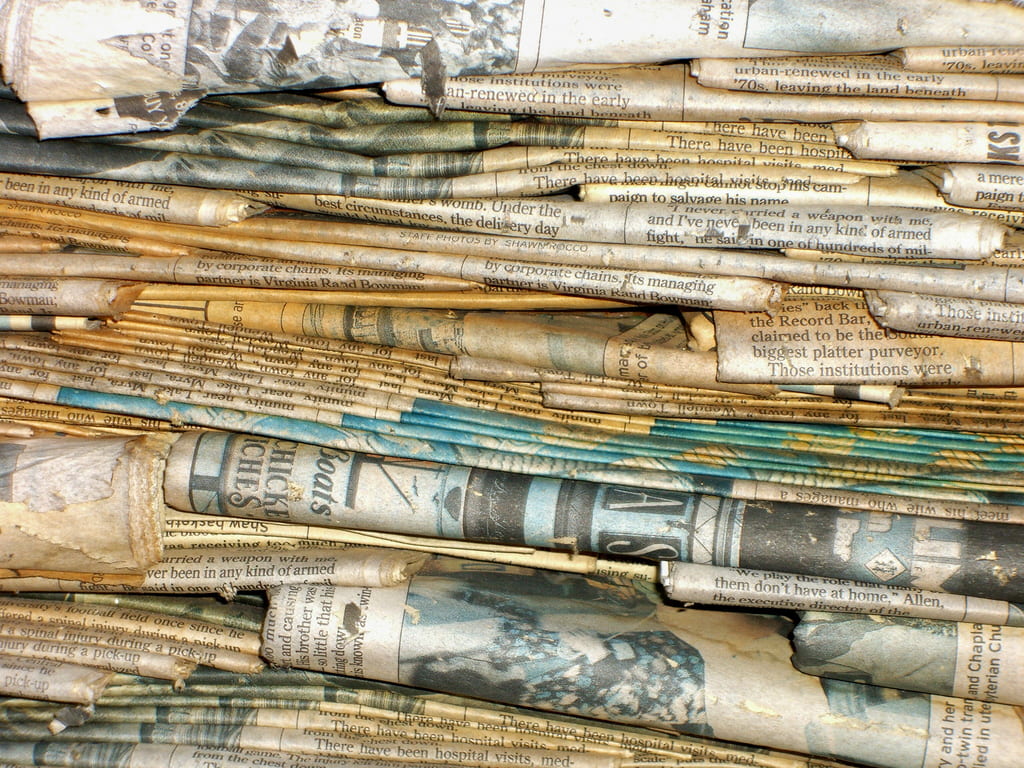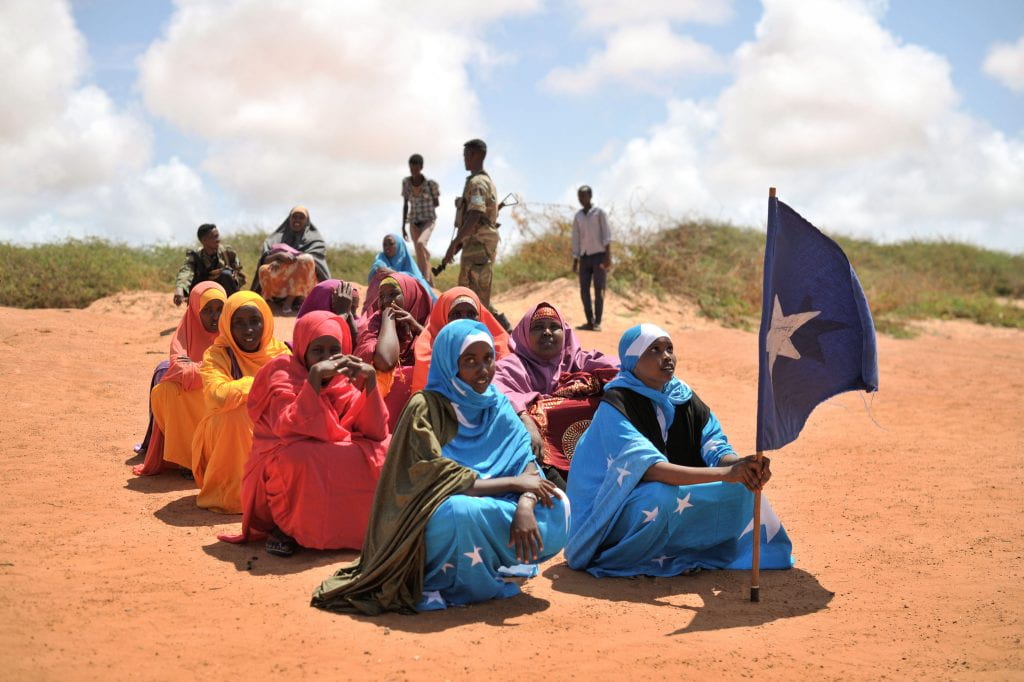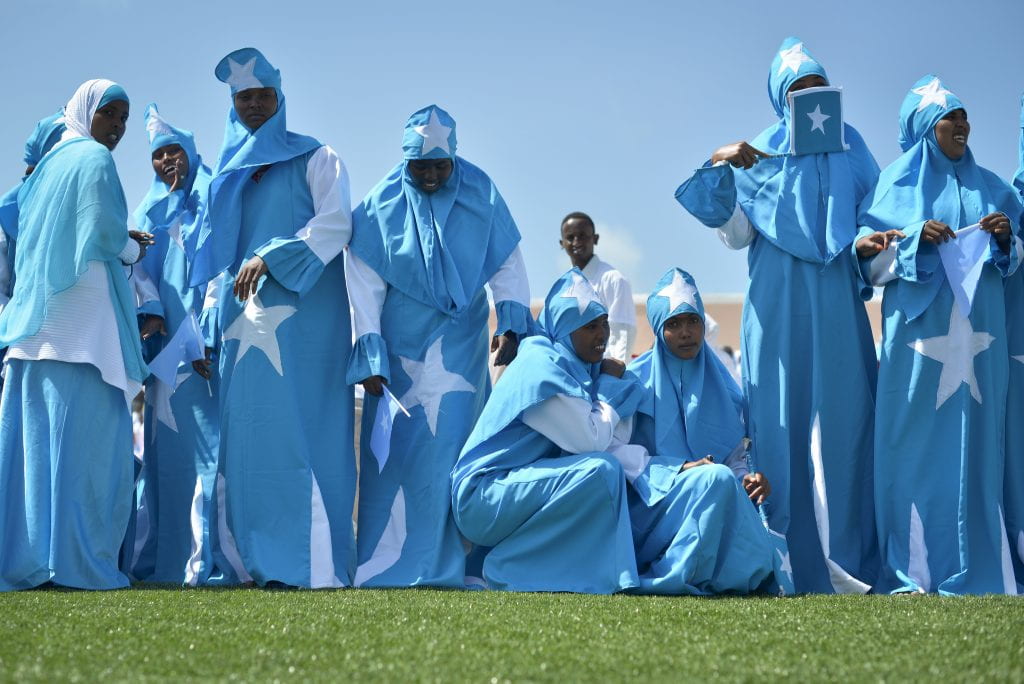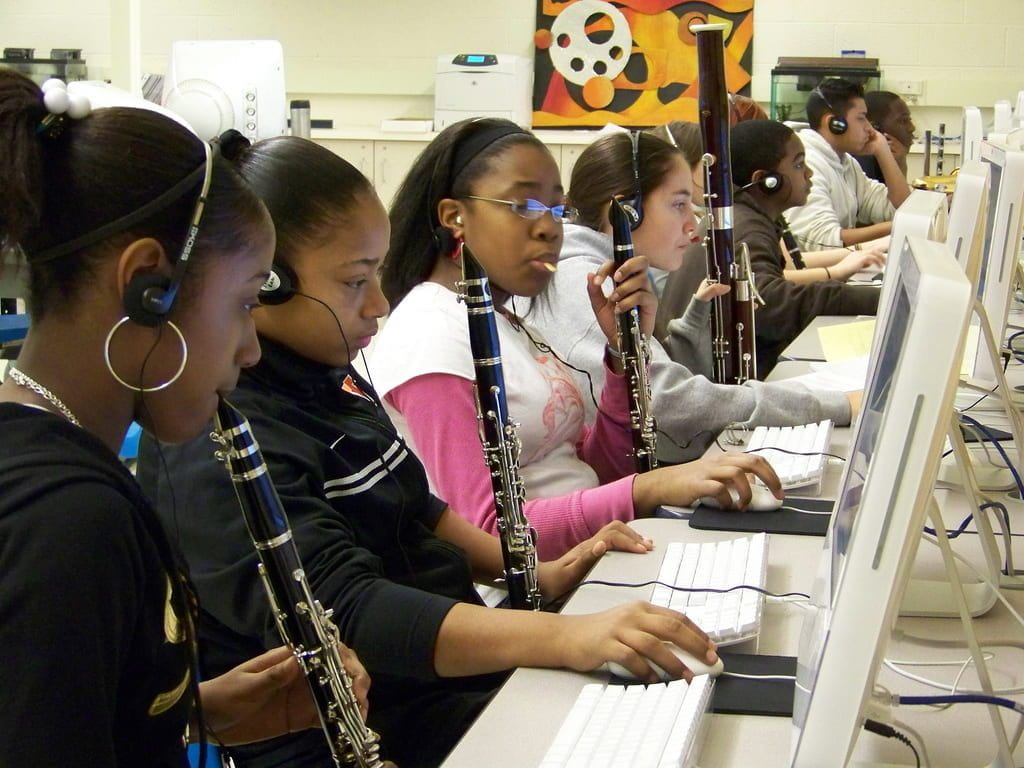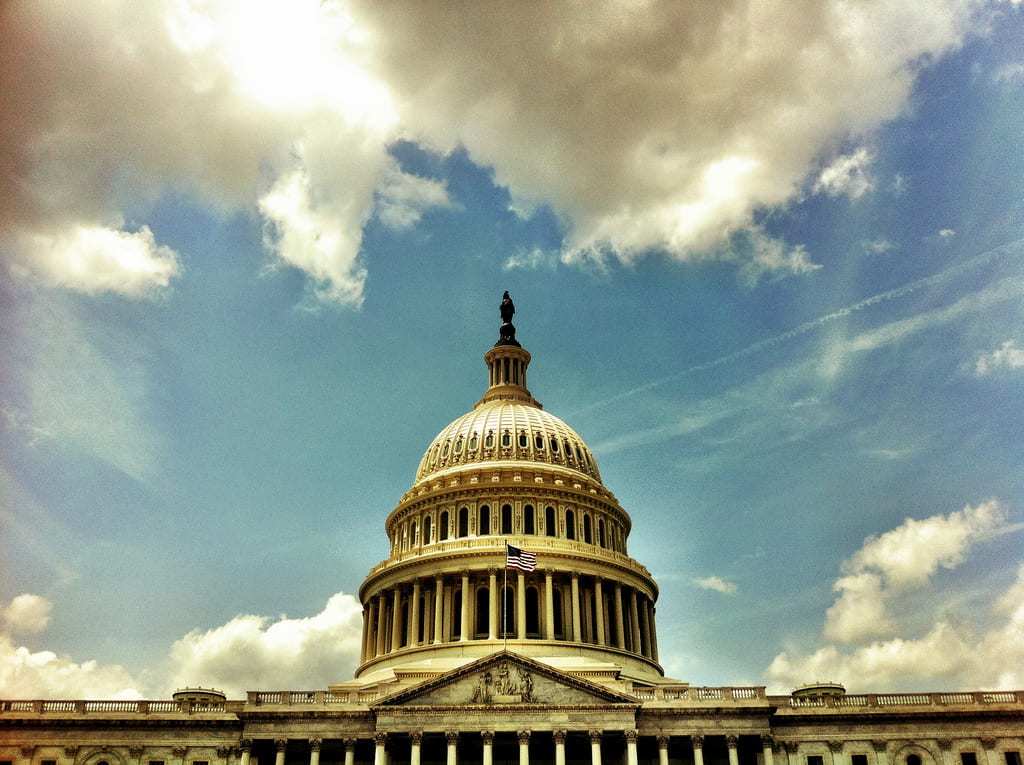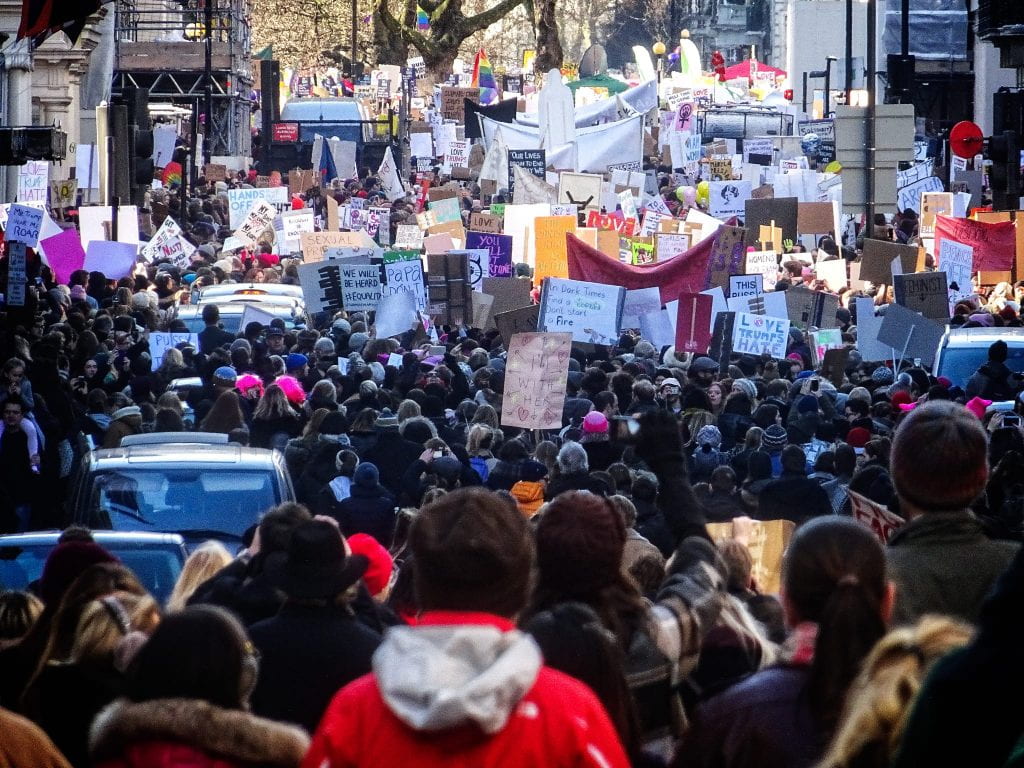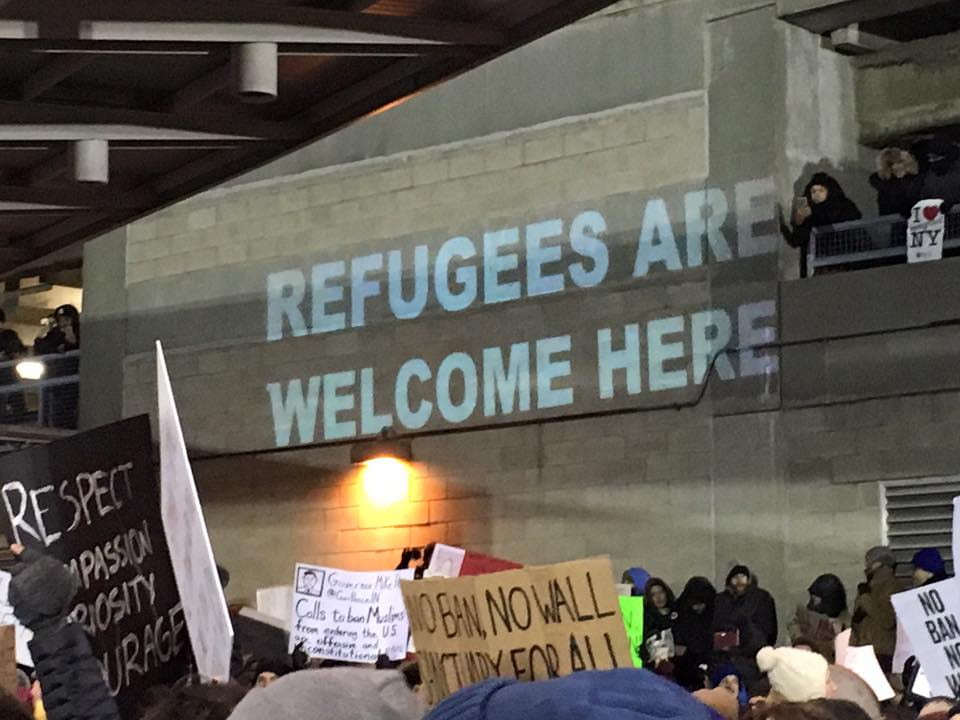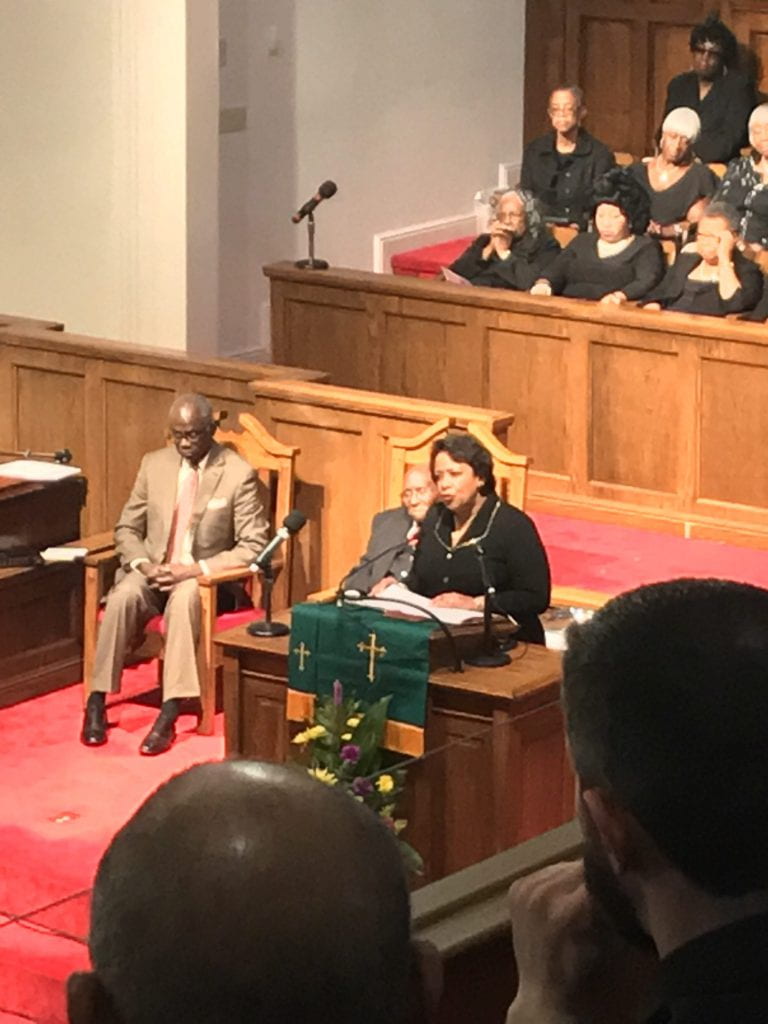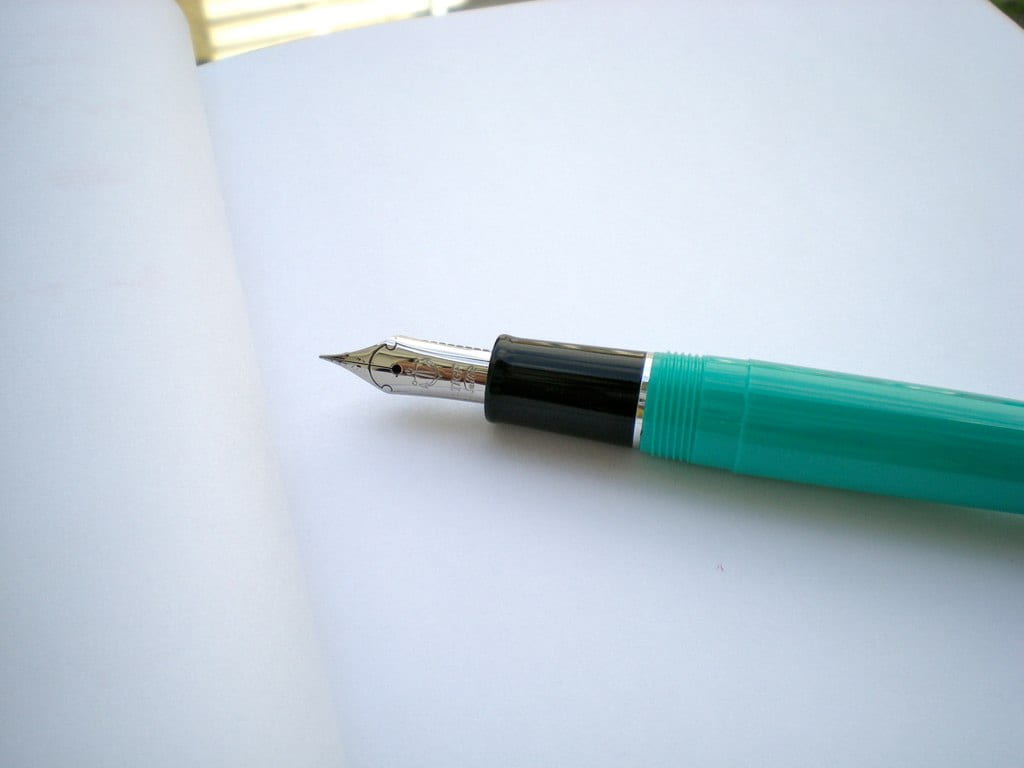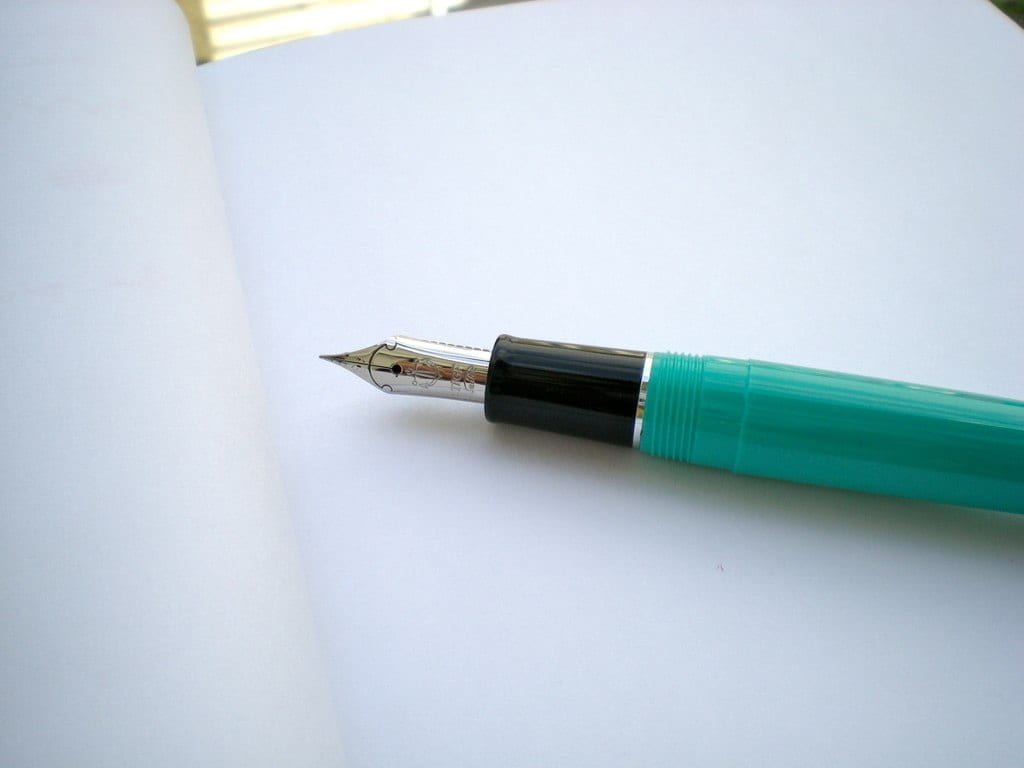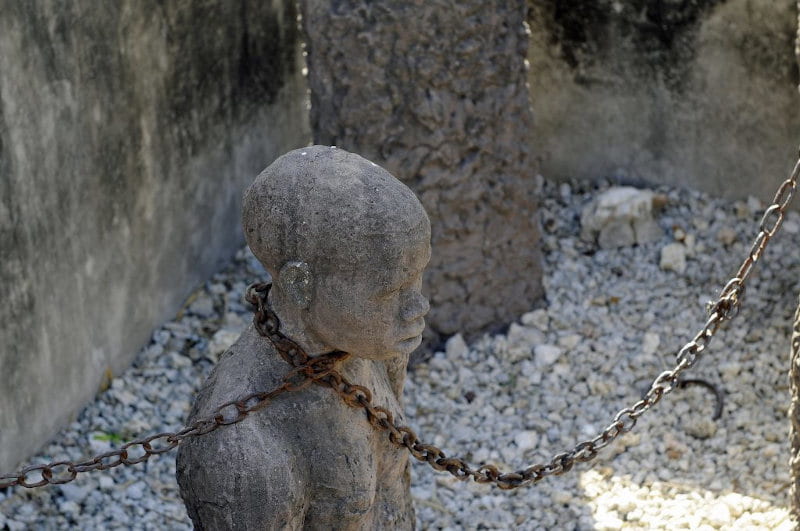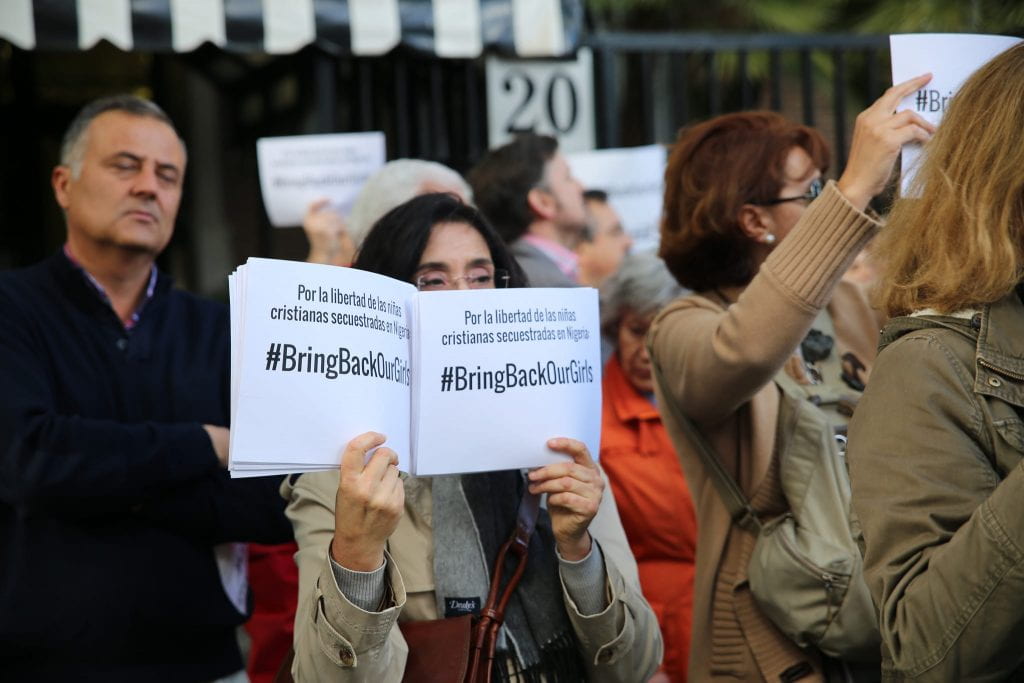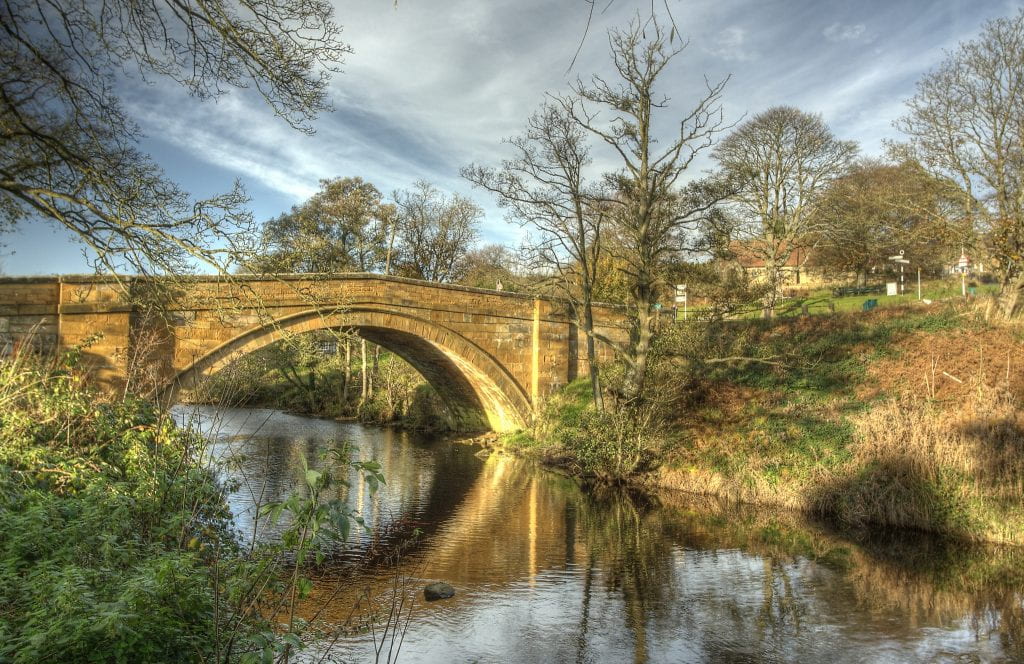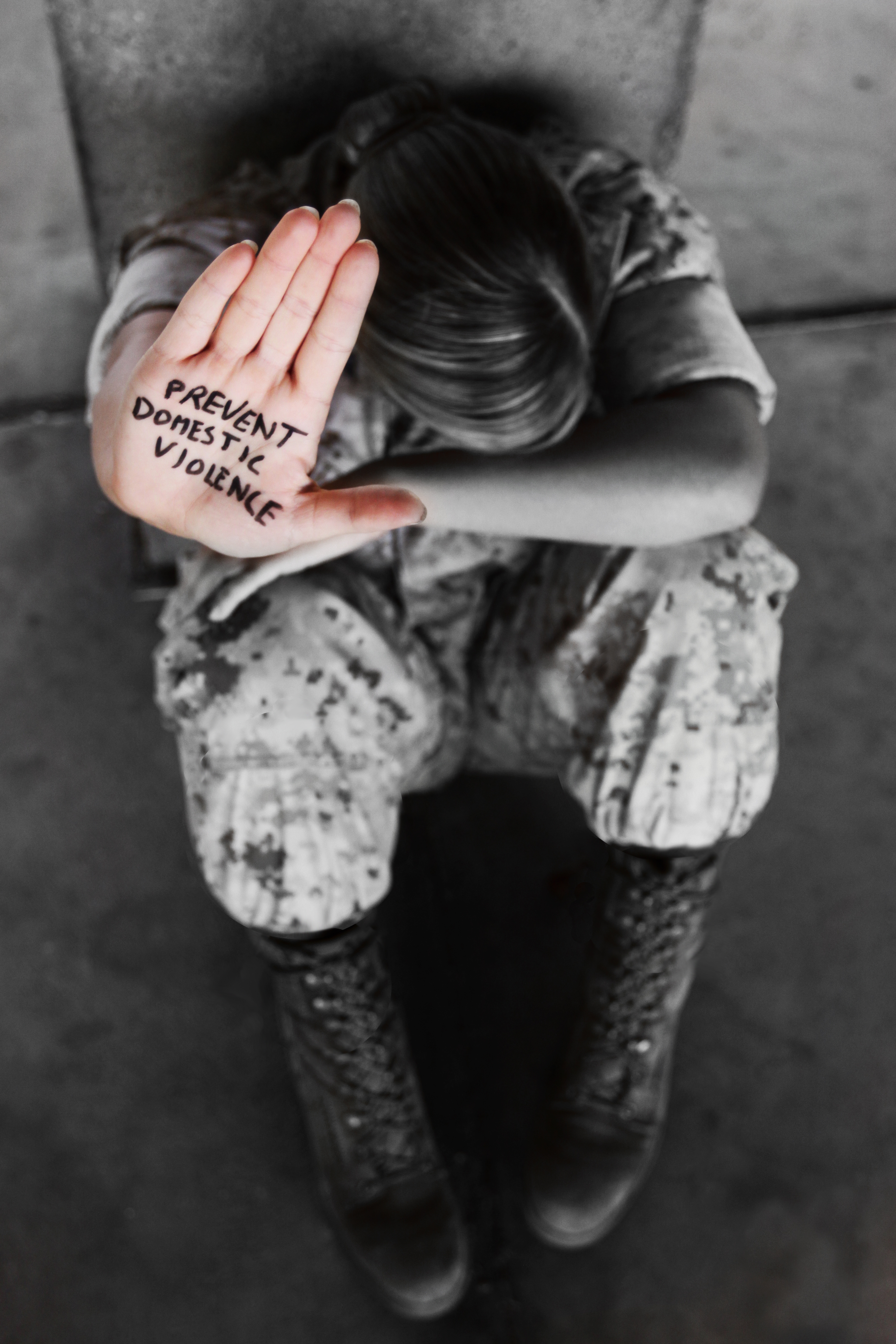
Freedom of the Press has always been a hallmark of our American democracy. In fact, our Founders thought it to be so important they made it the first amendment to our Constitution, guaranteeing all citizens the right to free speech. Our Founders recognized the right to free speech is required for a healthy and free society. No society can claim to be free without the right of its citizens to speak their minds without fear of impunity. The public also has a right to the facts concerning transparency in their government and other public institutions, like the media. However, not everyone enjoys this liberty. The relationship between the press and the society it serves varies from one society to another. The purpose of this blog is to explore the impact media has on a society and its relationship to the public as an increasingly private institution in the United States.
When our Founders were framing the Constitution of the United States of America, and preparing for independence, the British authorities attempted to quell the uprising by regulating the media. This allowed only information that the British authority approved to circulate among the public. For example, in the early 1700s an English loyalist governor in New York, William Cosby sued John Peter Zenger for sedition when Zenger published editorials about Cosby’s oppressive and tyrannical style of governance in the New York Weekly Journal. These editorials made the public aware of Cosby’s attempt to rig elections, use public funds for his own private interests and the appropriation of Indian lands. Cosby had Zenger arrested and tried to close the Journal for business. Andrew Hamilton, a popular lawyer, took the case and defended Zenger by arguing that Zenger could only be libel if what he printed was falsely seditious. Zenger acquittal and Hamilton’s argument still stands today: a publisher is libel only when falsehoods are committed. This case set the precedent for freedom of speech and the press, later adopted by our Founders as the First Amendment of the Constitution (Kammen, 1975).
In this modern era, we face new challenges concerning mass media and freedom of the press in the United States. Increasingly, we have gotten away from the objective journalism of the 1950s and 1960s where both sides of an issue were represented with facts and allowed the informed citizen to come to their own conclusion. Today, news organizations have become more varied and focused on one perspective or another, be it liberal, conservative or some other view beyond the mainstream. We have witnessed the shift from objective journalism to indoctrination in most of our mass media over the past few decades. This is mainly due to competition over network viewership and ratings. It seems as though we have been lulled into a trap, like a child in a candy store that immediately fills their pockets with their favorite candy and ignores the rest. As free citizens, we have a responsibility to seek out the facts and think for ourselves. We have a responsibility to explore perspectives different than our own and attempt to see the world from another’s vantage point. The alternative is state news with certain views and opinions silenced, if not conforming to an authoritarian agenda. With freedom comes responsibility; a responsibility left to us by those who have sacrificed and died for every freedom we enjoy today. We cannot allow their sacrifice to be forgotten, nor the lessons of the past unlearned. For surely if we fail in our duties as free citizens, our children and grandchildren will be the ones to pay the price for that negligence and the struggles of our forefathers will define their lives and new heroes and sacrifices will have to be made in order to regain these freedoms.
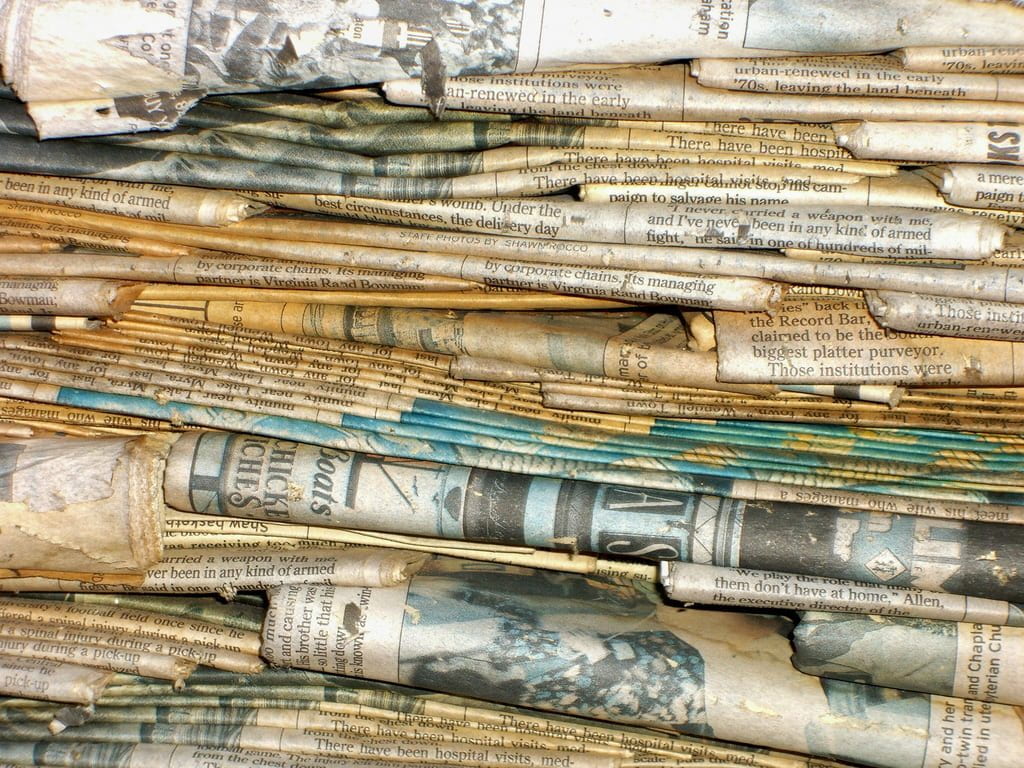
Freedom of the Press has historically been a public service, providing real contributions to our society. When television started dominating American culture in the 1950’s and 1960s, Walter Cronkite, a journalist with CBS, known as the “most trusted man in America”. News organizations were unequivocally trusted by the American public. Increasingly, private news organizations have come to the forefront since the implementation of cable television. C-SPAN, arrived first in the late 1970s, followed by CNN in the early 1980s, followed by Fox News Channel and MSNBC during the mid-1990s. These media heavyweights enjoy mass popularity and most Americans receive their TV news from one of these sources. The issue that has recently arisen with these news organizations is the conflict of interest between providing accurate, objective journalism for the public and creating their presentation flashy and provocative in order to attract viewers. Additionally, they have tailored their news to attract a specific audience by making it less objective and more like doctrine. For example, many conservatives are likely to watch Fox News while many liberals are likely to watch MSNBC. The reason for this is these news outlets have designed their programming to attract viewers based on their political philosophy. This presents a corruptibility within our news media because it is impossible for objective journalism, a public service, and propaganda designed for a specific audience, to raise private corporate profits, to coexist. These are mutually exclusive concepts because any “slant” on the facts automatically removes objectivity from the equation. Journalism causes one to think and concluded based on facts. Propaganda disengages the brain because it offers a solitary perspective and plays on an individual’s beliefs, generally to perpetuate a specific worldview.
Sweden ranks among the top of the world for its version of Freedom of the Press, while the United States is currently ranked 28th out of 197. It might come as a surprise to many Americans that Sweden, in 1766, was the first country in the world to guarantee freedom of speech and the press. At the same time, Sweden ended all censorship within the country. In addition, all Swedish government documents are accessible to the public, unlike in the United States where some government information is classified and illegal for the public to access. A key factor in this ranking are constraints placed on our press freedom due to national security.
Mass media can play other roles in society aside from just serving as a watchdog for public institutions. In her book, Kill the Messenger: The Media’s Role in the Fate of the World, Maria Armoudian explains the power of the media to influence for bad as well as good. She points to Senegal as an example of the power of community to ensure the media reported the true nature of the happenings in the villages. In Senegal, female genital cutting or mutilation (FGC/FGM) had been a long-standing rite of passage for most of the young teenage girls over the past five thousand years. This is not akin to male circumcision in our own culture, though there are a few parallels. For the Senegalese females, this procedure removes the clitoris and labia, often without modern medical aids such as anesthesia. In many cases, the girls are held down while the procedure is done with unsterilized crude tools, told the process will make them a “real woman”, and taught that the suffering is a “moral duty”. This practice originated as a village celebration for girls entering marriage and motherhood. Many of the young girls that have experienced FGC have health problems later in their life, mainly with infections, hemorrhaging, ulceration, cysts, scarring or problems arising during childbirth. In 1997, a movement began in rural villages to discontinue this harmful practice. By 2008, thousands of communities had joined the movement away from FGC tradition. This attributed to education facilitated by Tostan, a nonprofit organization originally founded to teach children to read, and mass media that introduced new ideas to many villagers and depicted the Senegalese women as brave and intelligent in their struggle for health and human rights (Armoudian, 2011). Mass media can be a useful tool in combatting cultural stagnation, by bringing issues to light. The combined efforts of Tostan and the mass media garnered national attention and sparked dialogue, which brought about cultural change, through education, for the women of Senegal.
In conclusion, Freedom of the Press is undoubtedly important for any society to claim freedom and democracy as its core ideals. The public institution of mass media is a powerful force in our modern social world for change, evident in the example of FGC in Senegal. However, this powerful force is not automatic nor invincible, and any freedom gained by a society may be lost, if not given the proper attention and respect. As a society, we cannot allow the dismantling of our public institutions by private interests, seeking a profit with no concern for public welfare and security. This is how freedoms are lost. Democracies possess an engaged public sector that relishes diversity of thinking, including political ideology. We, as free citizens, must learn to actively explore views different from our own, and not become dogmatic and intolerant through specialized media. This is how societies progress and prosper. This is how we learn and grow as human beings. If we fail in this endeavor, it might not be long before one perspective is all one knows and has access to and it could be the end of the free society we all treasure for ourselves and the generations to come.
References:
Kammen, Michael. Colonial New York: A History, New York: Oxford University Press, 1975
Armoudian, Maria. Kill the Messenger: The Media’s Role in the Fate of the World, Prometheus Books, 2011.
